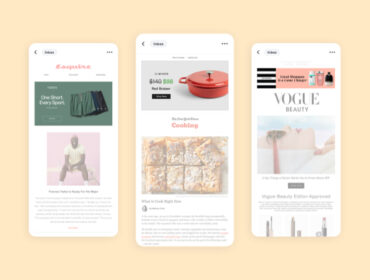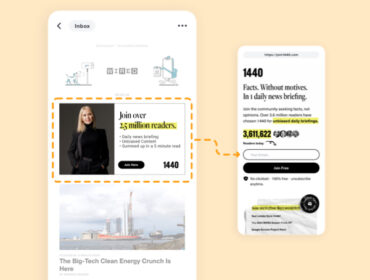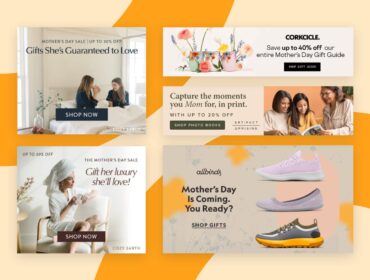Real Time Banter: Marketing trends and strategies across different platforms
In this Real Time Banter webinar, LiveIntent SVP of global marketing, Kerel Cooper, and VP of marketing, Nick Dujnic, speak with Hear.com’s Coralia Arias Torres, director of display advertising in North America, and Sirick Wohlers, vice president of marketing in North America, about current trends driving marketing strategies across platforms.
Key insights from Coralia Arias Torres and Sirick Wohlers
Hear.com is the largest online retailer of hearing aids with more than 1,500 employees and 4,500 audiologist partners across the globe. The company faces the challenging tasks of reaching baby boomers on the web, breaking through the stigma around hearing aids, and educating customers about how much the technology has advanced.
“People think [hearing aids are] still that ugly, skin-color banana that you wear behind your ear that’s making beeping sounds,” Wohlers said. “It’s not really like that anymore. It’s really high-tech.”
He pointed out that, in the United States alone, 48 million people have hearing loss but only 10% of them actually wear hearing aids. And when people realize they have hearing loss, it takes them an average of seven years to do something about it.
“So with our marketing, we’re actively approaching people earlier to get them to act and, in the beginning, just try the device,” said Wohlers. “And most people find out very fast that they have to wear hearing aids and that it’s not a stigma. It actually makes their lives so much better. That’s feedback that we also get from customers.”
To get there, however, customers have to go through a unique buying journey.
“We do have a very complex funnel,” said Torres. “I would divide it into three different steps.”
Those three steps are:
- Upper funnel. “We’re very content-and information-driven,” said Torres. “All the customers that we bring in, we want to show them all the information possible, show them what devices we offer, the service that we offer, the technological improvements there have been for hearing aids in the past five years. We try to inform our customers about how hearing aids can change their life.”
- Mid funnel. “We get a hearing aid specialist for our customers so that they can learn what device is better for them depending on their lifestyle and the level of technology that they need,” said Torres.
- Lower funnel. “We have this 45-day, risk-free trial where people are able to get the hearing aid and have an appointment with an audiologist,” Torres said. “Having a hearing aid on is not common for everyone. You need to get used to it. That’s why we get 45 days.”
During the pandemic, of course, the logistics of this funnel changed a bit.
“When it hit in March and April, we reduced our volume. We saw our audiologists closing down, people not wanting to go anywhere in-person,” said Wohlers. “But we kind of had an ace up our sleeve, which is a telehealth product, which essentially sends a device and fitting product to a customer’s home. And then we fit the device remotely.”
Hear.com can now deploy this telehealth product in 20 states, where the brand connects local partners with prospective customers via video conference to fit their hearing aids remotely.
“At the same time, we work with our whole partner network to put hygiene protocols in place,” Wohlers said. “So that come June and July, most of the shops already opened again. We actively told customers, ‘Hey, we are prepared, we have the hygiene protocols prepared. We take utmost care of all customers.’ And then they felt safe to do so.”
Best practices for engaging baby boomers via email
- Invest in mobile advertising. “A lot of baby boomers are online nowadays and they want to know about the improvements in technology. During COVID, we got huge mobile shares that really spiked.”
- Don’t overdo the content. “You want to provide them engaging content, but you also don’t want to annoy them. It’s about finding that perfect CRM journey that keeps the customer engaged, keeps the customer informed about new technology, but also doesn’t overdo the frequency.”
- Study your customer. “Once you learn about your customer and you understand what really drives them to click on your ads and how you can help them, I think that’s one of the most important things. It’s important to be up-to-date with what’s happening in your industry and where your customer lies in that.”


